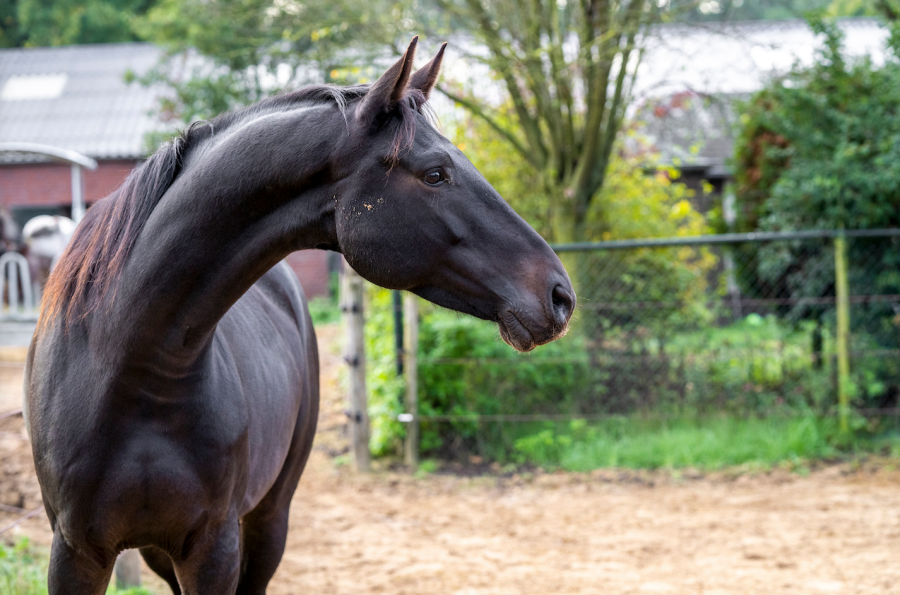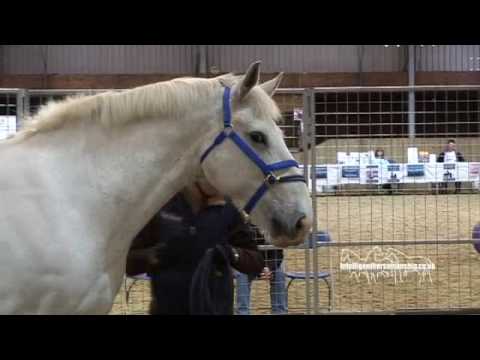Overcoming Fear of Moving Vehicles for Your Horse

Horses are naturally flight animals, and their instinctive reactions to sudden or unfamiliar stimuli can sometimes manifest as fear, especially around moving vehicles. This fear can pose safety risks for both the horse and handler, making it essential to address and manage effectively.
Understanding the Fear

| Aspect | Explanation |
|---|---|
| Natural Instincts | Horses are prey animals; sudden movements or loud noises from vehicles can trigger flight. |
| Previous Experiences | Negative past encounters with vehicles can heighten anxiety and fear responses. |
| Sensory Sensitivity | Horses have keen hearing and vision, making them more reactive to unfamiliar sights and sounds. |
Signs Your Horse is Fearful of Vehicles
- Restlessness or pacing
- Wide eyes and flared nostrils
- Tense muscles and raised head
- Attempts to flee or bolt
- Refusal to move forward
Step-by-Step Guide to Overcoming Fear
1. Desensitization
Gradually expose your horse to vehicles at a distance where they remain calm. Slowly decrease the distance over multiple sessions.
2. Counter-Conditioning
Pair the presence of vehicles with positive experiences, such as treats or gentle praise, to build a positive association.
3. Controlled Exposure
Use a calm, experienced horse as a companion during initial exposures to moving vehicles.
4. Consistency and Patience
Regular, short training sessions are more effective than infrequent, long ones. Patience is key.
Practical Tips
- Always maintain a safe distance initially.
- Use a quiet, familiar environment for training.
- Avoid sudden movements or loud noises.
- Monitor your horse’s body language closely.
FAQ
Q: How long does it take to overcome this fear?
A: It varies by horse, but consistent training over weeks to months is often necessary.
Q: Can all horses be trained to overcome this fear?
A: Most horses can improve with proper training, though some may require more time and patience.
Q: Should I seek professional help?
A: If your horse’s fear is severe or dangerous, consulting a professional trainer or equine behaviorist is recommended.
By understanding your horse’s fear and applying structured, compassionate training methods, you can help your horse become more confident and safe around moving vehicles.
